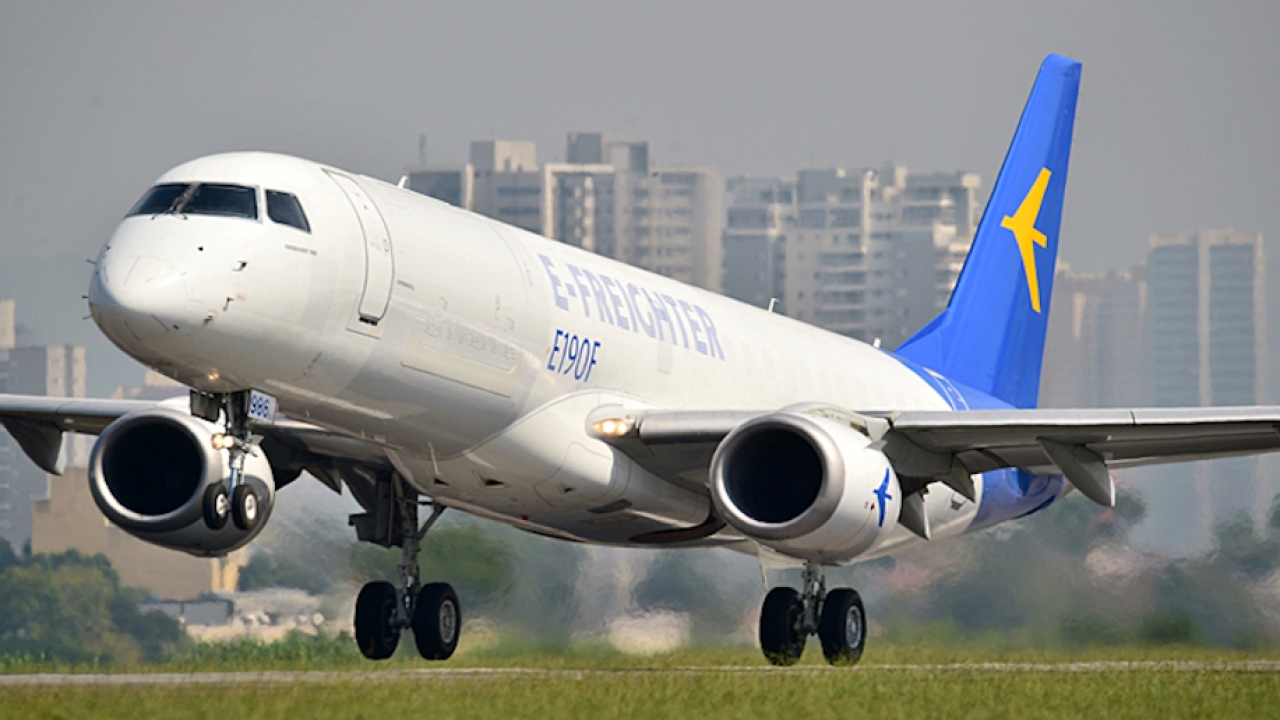Africa has the top ten potential fastest growing aviation markets says IATA

Sierra Leone, Guinea, Central African Republic, Benin, Mali, Rwanda, Togo, Uganda, Zambia and Madagascar. Are all expected to grow by more than 8% year-on-year over the next 20 years, doubling in size each decade.
Africa as a whole will see an extra 192 million passengers a year for a total market of 303 million passengers by 2035.
Based on a total population of 1.25 billion today – according to United Nations figures for 2016 – there is still enormous potential.
One country enjoying realising such potential is China. According to the IATA figures, China is the fastest growing market with 817 million new passengers for a total of 1.3 billion over the next 20 years.
IATA said it expects 7.2 billion passengers to travel in 2035, a near doubling of the 3.8 billion air travelers in 2016. The prediction is based on a 3.7% annual Compound Average Growth Rate (CAGR) noted in the release of the latest update to the association’s 20-Year Air Passenger Forecast.
“People want to fly. Demand for air travel over the next two decades is set to double. Enabling people and nations to trade, explore, and share the benefits of innovation and economic prosperity makes our world a better place,” said Alexandre de Juniac, IATA’s director general and CEO.
The forecast for passenger growth confirms that the biggest driver of demand will be the Asia-Pacific region. It is expected to be the source of more than half the new passengers over the next 20 years. China will displace the US as the world’s largest aviation market (defined by traffic to, from and within the country) around 2029. India will displace the UK for third place in 2026, while Indonesia enters the top ten at the expense of Italy. Growth will also increasingly be driven within developing markets. Over the past decade the developing world’s share of total passenger traffic has risen from 24% to nearly 40%, and this trend is set to continue, IATA said.
The 20-year forecast puts forward three scenarios. The central scenario foresees a doubling of passengers with a 3.7% annual CAGR. If trade liberalisation gathers pace, demand could triple the 2015 level. Conversely, if the current trend towards trade protectionism gathers strength, growth could cool to 2.5% annual CAGR which would see passenger numbers reach 5.8 billion by 2035.
“Economic growth is the only durable solution for the world’s current economic woes. Yet we see governments raising barriers to trade rather than making it easier. If this continues in the long-term, it will mean slower growth and the world will be poorer for it. For aviation, the protectionist scenario could see growth slowing to as low as 2.5% annually. Not only will that mean fewer new aviation jobs, it will mean that instead of 7.2 billion travelers in 2035, we will have 5.8 billion. The economic impact of that will be broad and hard-felt,” said de Juniac.
The issue of liberalization will again take centre stage at the meeting of AFRAA which takes place ion Cape Town next month.
Stay up to date
Subscribe to the free Times Aerospace newsletter and receive the latest content every week. We'll never share your email address.

